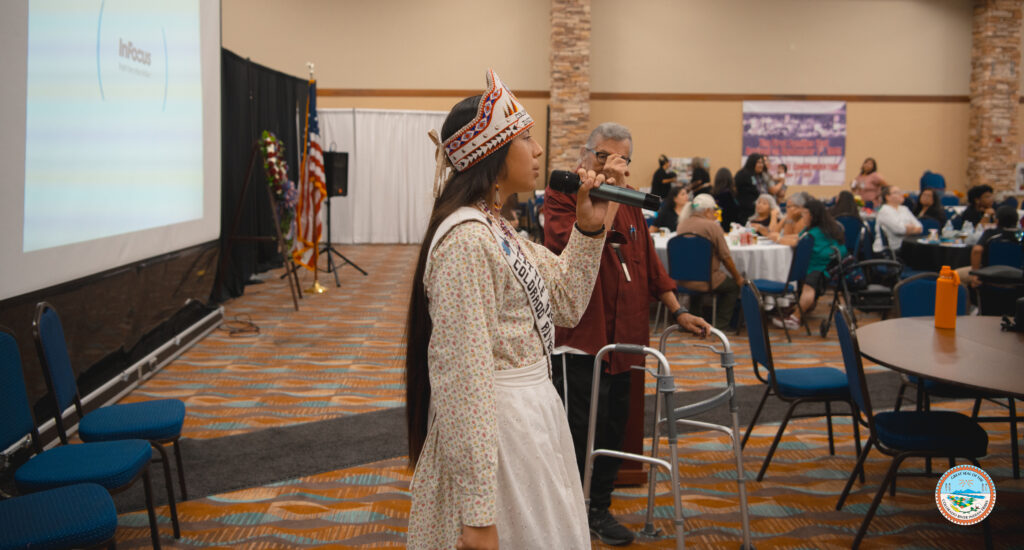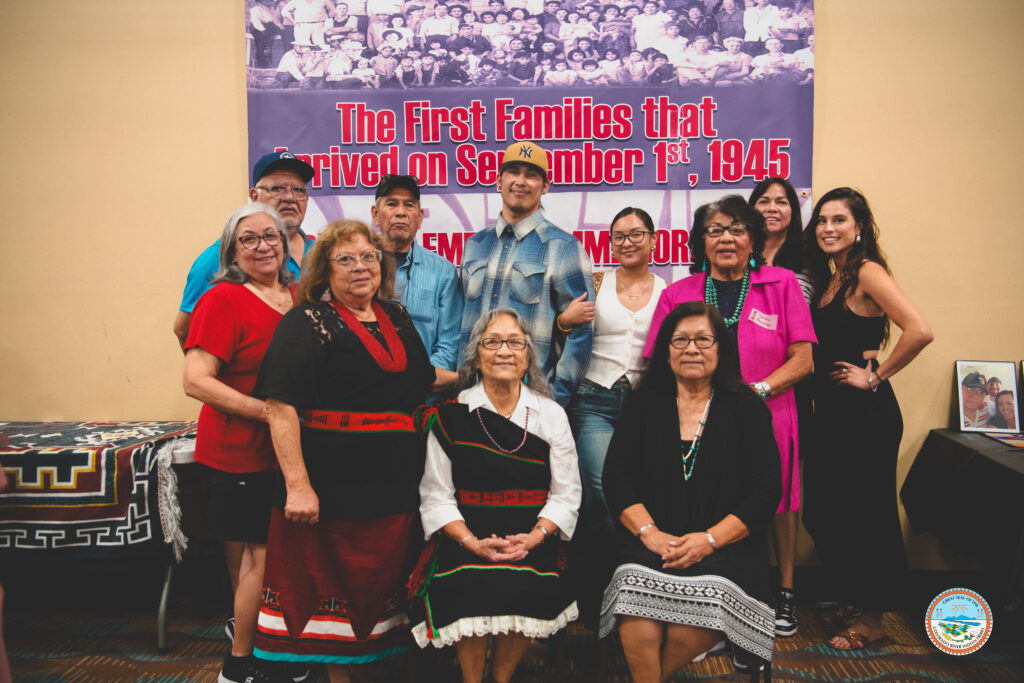The Colorado River Indian Tribes (CRIT) is honoring a historic milestone this year with the 80th Anniversary of the Hopi and Navajo Migration to what is now known as the CRIT Reservation. The celebration not only commemorates the journey of the Hopi and Navajo people in 1945 but also reflects on the cultural richness and resilience they brought with them, shaping CRIT as we know it today.
In 1945, following World War II, the Bureau of Indian Affairs initiated a relocation project that brought both Hopi and Navajo families from northern and northeastern Arizona to the CRIT Reservation. They joined the Mohave and Chemehuevi people already living on the land, forming what is now a unique and diverse community of four distinct tribal groups. For the Hopi, this migration continued their long tradition of settled village life. Known for their deep connection to religion and ceremony, the Hopi brought their agricultural expertise in dry farming as well as their renowned artistry — pottery, overlay jewelry, and kachina doll carving. The Navajo, also part of this relocation, carried with them strong traditions of craftsmanship and resilience. They were celebrated silversmiths, a skill believed to have been introduced by Spaniards, and Navajo women were widely known for their weaving of colorful intricate rugs.
Eight decades later, the Migration Celebration serves as a reminder of unity CRIT. What began as a relocation effort has become a story of adaptation and shared culture. Today, the four tribes that make up CRIT continue to honor their separate traditions while working together under one Tribal Council and community.
As the community reflects on the 80th year of the Hopi and Navajo migration, CRIT members, young and old, are reminded that the journey of their ancestors still lives on through the stories, ceremonies, and artistry shared today. Community members are invited to join the celebration on Saturday, September 27, 2025, at the BlueWater Resort & Casino Showroom. Doors open at 9:00 a.m., and everyone is welcome. Traditional attire is encouraged as families gather to share stories, honor ancestors, and keep these traditions alive for future generations.
